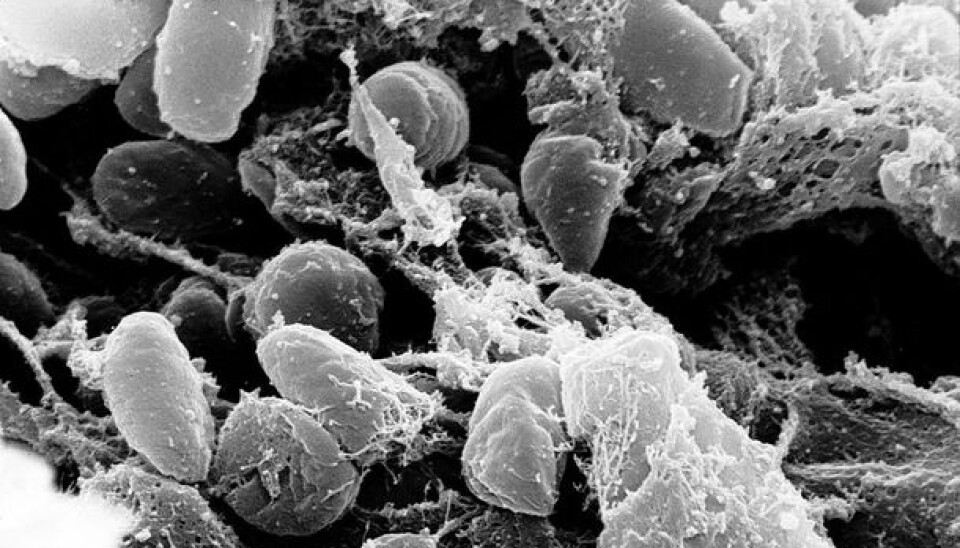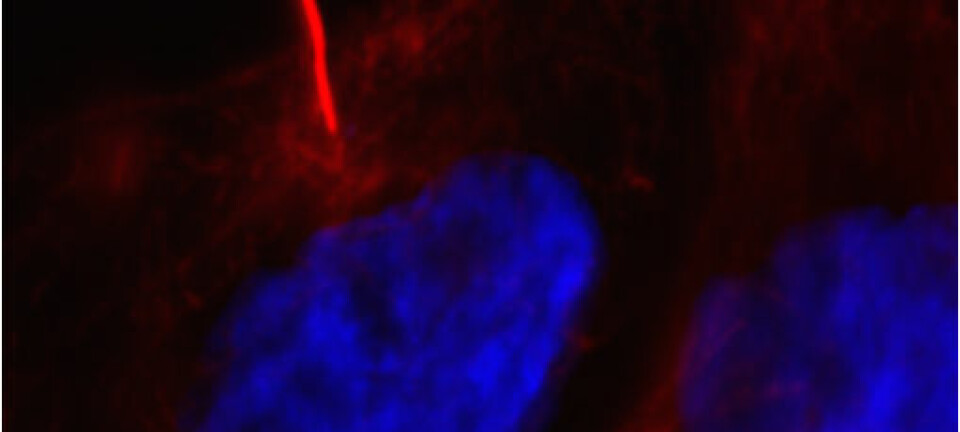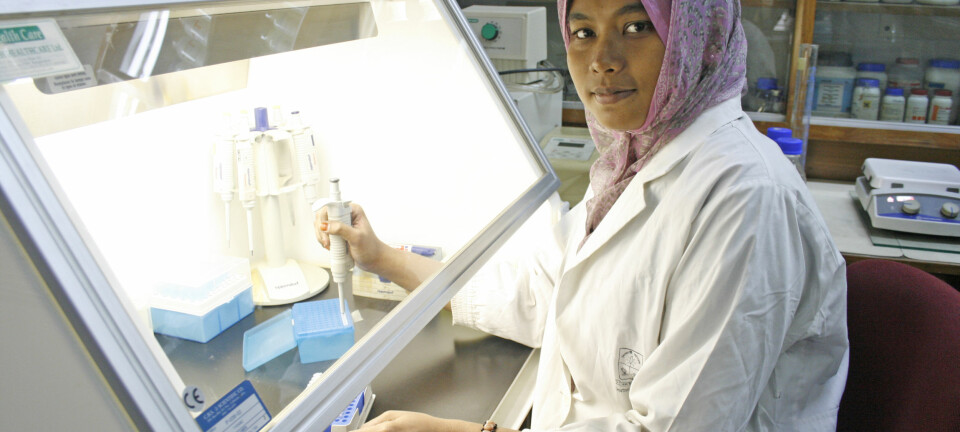
The molecule that stops the Black Death
A crucial 'alarm molecule' warning the immune system of pathogens has been identified by a Norwegian researcher.
Denne artikkelen er over ti år gammel og kan inneholde utdatert informasjon.
The deadly Yersinia Pestis bacterium, which caused the Black Death pandemic in the 12th century, killed off nearly half the European population. The bacterium managed to slip into the human body undetected by the immune system.
But Y. Pestis's close relative Yersinia pseudotuberculosis is harmless to humans. Unlike its deadly cousin, this bacterium is spotted by the immune system because it contains the gene LpxL.
Finding the alarm molecule
Egil Lien, a professor of medicine at the Norwegian University of Science and Technology and an associate professor at the University of Massachusetts Medical School, is one of a team of researchers exploring what it is that alerts the immune system to LpxL.
They inserted the LpxL gene into Y. pestis, and compared the immune reaction in mice when they were infected with this modified version and the original bacterium.

The different reactions narrowed the search down until the scientists were left with the molecule NLRP12 – the 'alarm molecule' which had initially reacted to LpxL and flagged the intruder. Once the immune system was alerted to the bacterium, the mice survived without much difficulty.
Helping the immune system detect bacteria
The NLRP12 discovery could help us find a way of making the immune system more sensitive to potentially harmful intruders.
“We're hoping this might be used to develop drugs which could help the immune system in spotting bacteria that would otherwise go undetected,” says Lien.
NLRP12 is not the only 'alarm molecule' in the immune system, and Lien emphasises the importance of the combined alarm response from these types of molecules. However, some signals – such as the one from NLRP12 – seem to carry more weight.
“We know that other bacteria, as well as non-bacterial pathogens, also trigger NLRP12. We're still early in the process of studying the other pathogens, but this does seem to be an important pathway,” he adds.
With a normal, non-altered Y. pestis bacterium the NLRP12 molecule wouldn't make much of a difference, as the immune system would not be sufficiently activated to save the victim.
“But if there were medicines capable of boosting NLRP12's signaling pathways, it could help to reduce the growth of bacteria.”
Risk of hypersensitivity
However, boosting the signal from a molecule within the finely-tuned immune system is not without its problems. It could lead to hypersensitivity and inflammatory symptoms, with the immune system reacting to harmless substances – such as gluten with coeliac disease.
But Lien hopes the NLRP12 discovery could still play a role in the future of medicine, for instance in the battle against the rise of antibiotic-resistant bacteria.
“If we could boost these signals, it might be a way of compensating for the reduced effect of antibiotics. It could lead to the development of alternative antibacterial drugs in the future,” he says.
------------------------------------
Read the Norwegian version of this article at forskning.no

































